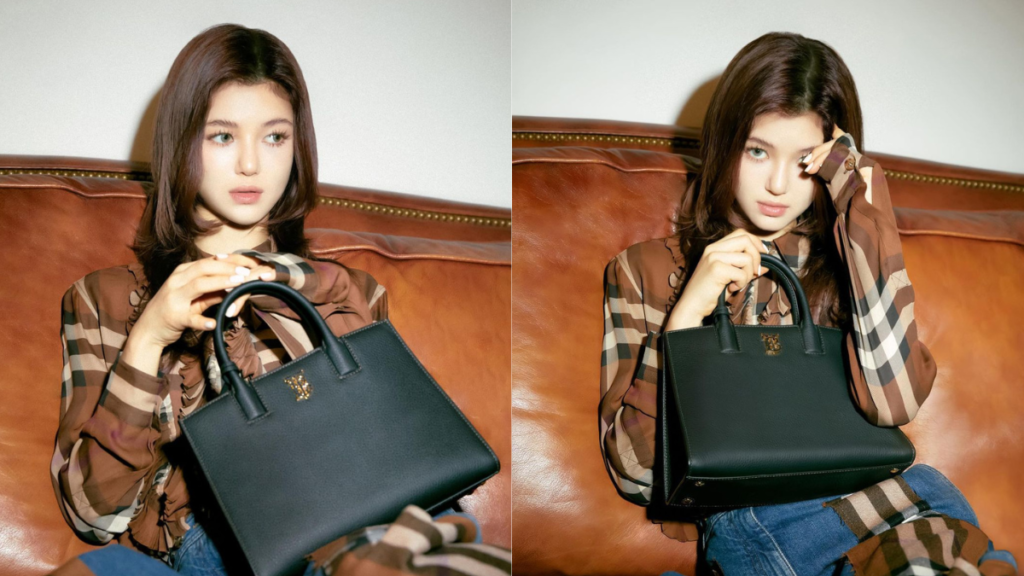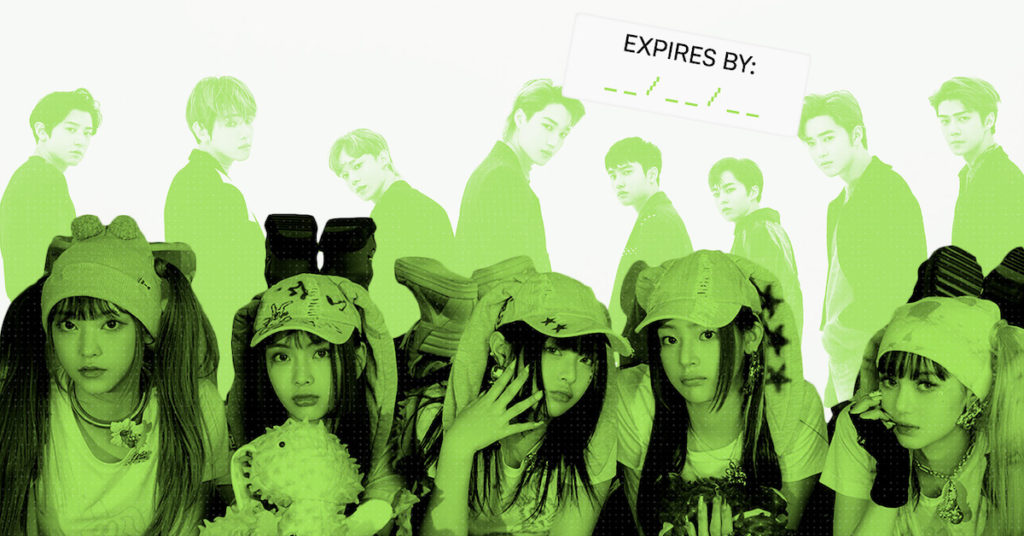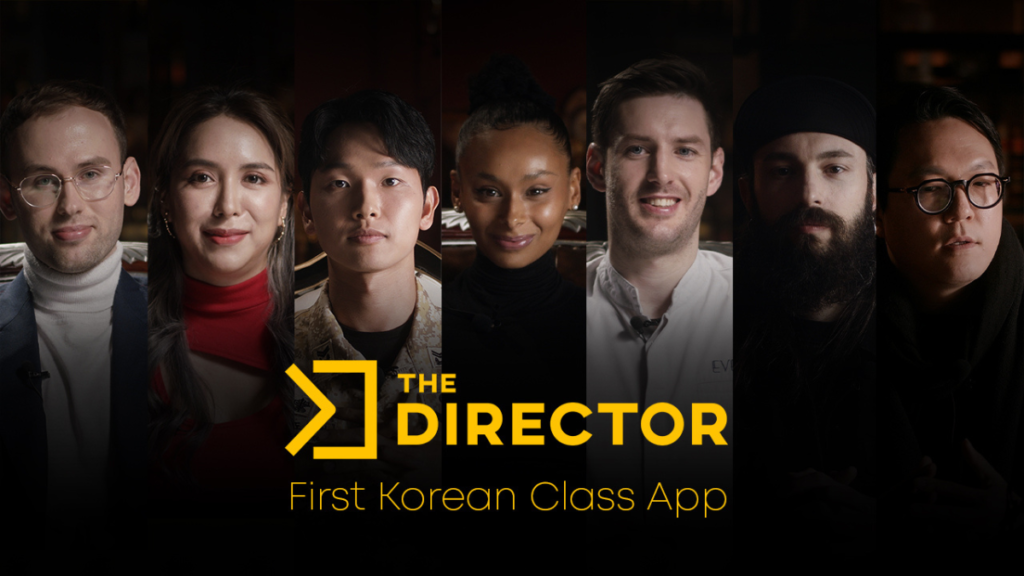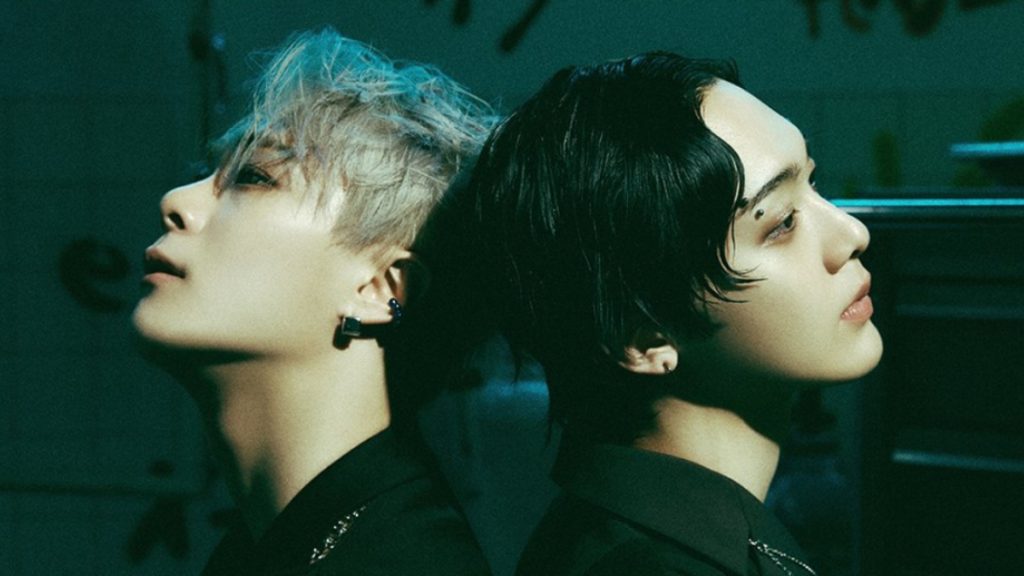Augmented Reality: Fashion’s Newest Frontier
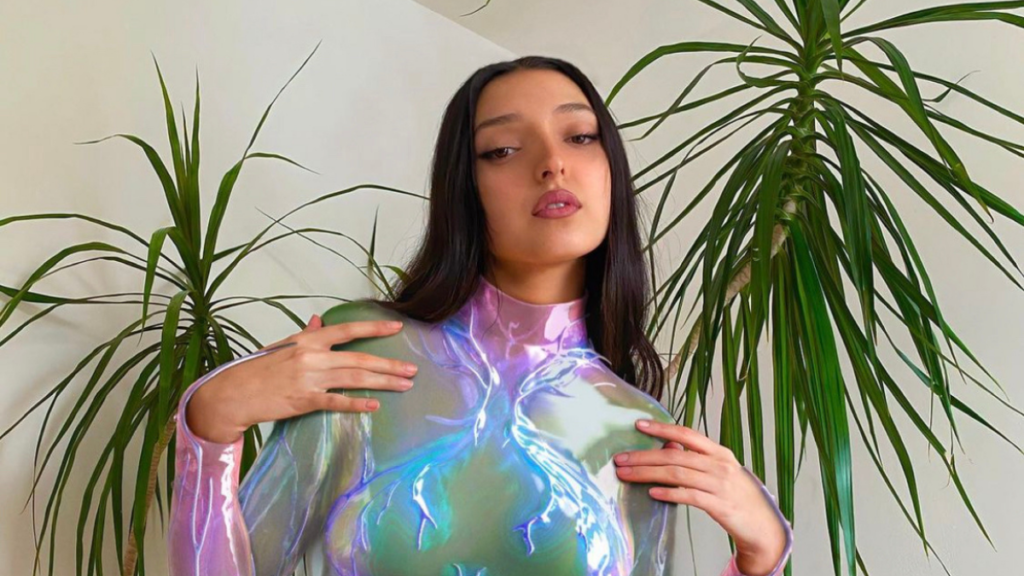
In our increasingly tech-savvy world, the idea of digitally manipulating reality has been a hot topic of conversation. Specifically, fashion brands are eager to use augmented reality (AR) to their advantage as a way to reach their audiences on a more personal level. According to a special technology edition of this year’s State of Fashion report, AR is a branch of extended reality (XR) that “adds a virtual layer to a person’s view of the physical world, like a smartphone filter.” As the fashion industry continues to push the envelope and expand the boundary on what style means, designers everywhere are jumping at the chance to add technological skills under their belt. Using AR is an easily accessible and versatile way to do just that.
Fashion in Augmented Reality
It’s no question that technological advancements have brought new and innovative ways to do things. In this industry, such is the case when it comes to digital fashion. Simply put, digital fashion is three-dimensional and hyper-realistic clothing meant to be “worn” in AR. In other words, these pieces are not actually worn in real life. Rather, they are presented as digitally-rendered clothing edited onto the wearer to virtually covet any look that they desire.
It may seem like a completely new fad, but in fact, digital fashion has been around way longer. The gaming community knows all too well about this seemingly new phenomenon. Skins, or customizable add-ons to embellish avatars in a game, have already given the world a taste of digital fashion since its first developments in the early 2010s. Due to the COVID-19 pandemic nearly a decade later, fashion designers have turned that idea on its head and given it a fresh start in the name of couture.
Its rise to mainstream popularity solidified when acclaimed luxury brands started releasing their very own digital clothing collections. Luxury fashion brands like Gucci, Louis Vuitton, Fendi, and Tommy Hilfiger are among those that have experimented with virtual fashion. Gucci, for example, teamed up with the online gaming platform Roblox for a two-week event in 2021, when they released an exclusive digital replication of their Dionysus bag for purchase through “Robux,” which is the game’s themed currency.
Instances like these, where gaming and fashion meet, have fueled the curiosities of designers looking to evolve their businesses and look beyond the physical world. Digital fashion houses have been on the rise as the utilization of AR becomes more accessible. These are fashion brands that create entirely virtual clothing collections. Emerging digital fashion houses like The Fabricant and Auroboros have opened up a space where consumers can experience this new realm of fashion for themselves.
Marketing in Augmented Reality
Digital fashion isn’t the only way through which AR experiences have been incorporated into the industry. With the pandemic forcing everyone to stay home over the last few years, it has become a necessity for businesses to create a strong online presence. Fashion brands that do sell material goods have come up with ways to reach their consumers using innovative marketing and advertising campaigns through AR.
Laurent François, Managing Partner at the digital marketing firm 180 Amsterdam, discusses how to successfully introduce AR as a novel marketing tool. One of his most recent projects with Dior Beauty, launched in May of this year, has piqued the interest of audiences worldwide. François and his team, also known as 180 Luxe, collaborated with Jisoo, Dior global ambassador and member of K-pop group BLACKPINK, to promote the new “Dior Addict” campaign. In a four-day digital experience through the messaging app WhatsApp, fans experienced personalized messages and promotional content from the singer.
“Augmented reality is just a way to express differently a story (and narratives) for the end-user,” François tells EnVi. “In other words, what’s interesting with AR is not simply the story or features they convey – they’re more of a support, a frame, a playground – but what will remain in people’s minds, which narratives they will keep, how it can potentially affect in a meaningful way their life. It can be related to a clear benefit (i.e. additional information in the street, on a product) or to an emotion (making people smile, sharing a fun moment, etc.) In other words, whenever an augmented reality experience adds a value proposal that is strong enough to justify the time and frictions to users, it is worth exploring.”
Campaigns like his demonstrate just how appealing AR can be—and how it can be used for brands everywhere. Although it’s no easy feat to come up with both visually enticing and emotionally fulfilling campaigns, it can be a great way to reach people in a one-on-one setting. It may be a more efficient way to use time-old marketing tactics that can send a generalized message to thousands of people.
“We generally start by the marketing goal of the brand: do we want to educate about a specific gesture? We then spend a fair amount of time analyzing existing behaviors; in general, an AR experience does not impose a new behavior, but either facilitates an explicit need from people or solves an issue they want to overcome. UX and storyboarding come next: we make sure every little step, every detail [is] anticipated,” shares François on the development process of his campaigns. “Brands and branded elements then come into the mix, to make sure that the experience is not only pleasant for the end-user but really showcases the brand at its best self.”
According to The Business of Fashion, 71% of global consumers prefer companies to deliver hyper-personalized communication, which is where AR can strategically come into play. With marketing on a more detailed level, brands can tailor their messages to a specific audience, ensuring that consumers can feel seen, thus giving a more personal approach.
Why It Works
The use of AR in both the production and promotion of products works because there is ultimately one goal at its core: connection. Whether it’s through creating a connection with others or deepening your connection with yourself, AR experiences help consumers discover a new world with the tap of their fingertips. As mentioned, there is now an accessible and faster way to reach the masses, and with the click of a button, sending a message out to billions of people has never been easier. Now, brands can have the chance to connect with significantly more people than they would have over ten years ago.
When it comes to AR, there are no limits. But more importantly, there are no restrictions. One of the main reasons why people are buying into it is because of how inclusive it can be. “What I find interesting is that some people who could not afford certain kinds of items, or who were simply very far from fashion hubs, can now have a playful, unlimited answer to their crave,” says François. Traditionally, clothing has been subjected to what’s available in a store. But it comes with its constraints, most namely when it comes to inclusive sizing and affordability.
Digital fashion retailers, such as DressX and The Dematerialised, have created online marketplaces where shoppers can easily find looks that virtually elevate their style without breaking the bank or worrying about if what they are looking for is readily available. Non-physical garments are custom-fitted with ease due to the Photoshop-like nature of digitally tailoring clothing onto the wearer.
In addition to inclusive sizing, it can be the environmentally conscious shopping experience that people have been waiting for at a fraction of the cost. No material clothing is produced, which means no more participation in harmful fast fashion practices. According to DressX’s 2021 sustainability report, the production of a digital garment emits 97% less carbon dioxide than the production of a physical one. This is where the cost of buying virtual clothing dramatically decreases compared to the cost of a physical outfit. Thanks to the efficiency and affordability of digital fashion, people are allowed to explore what they like without having to go through the tedious—and at times, unsuccessful—task of shopping in person.
The Future of Technology in Fashion
The growing popularity of using digital software like AR in every aspect of the creative process is just a testament to how fast mundane practices are evolving, such as how we participate in and express our style. Although we are still in the beginning stages of this new era, it is safe to state that we will witness the lines between fashion and technology become even more blurred over time. There will always be a new way that these two genres will meet, whether it’s through extended reality, the introduction of virtual models, or even through QR code runway shows. There seem to be over a billion ways they can intertwine, and there is no telling where it could go next.
Interested in more fashion coverage? Check out the must-have accessories for summer 2022 here!
